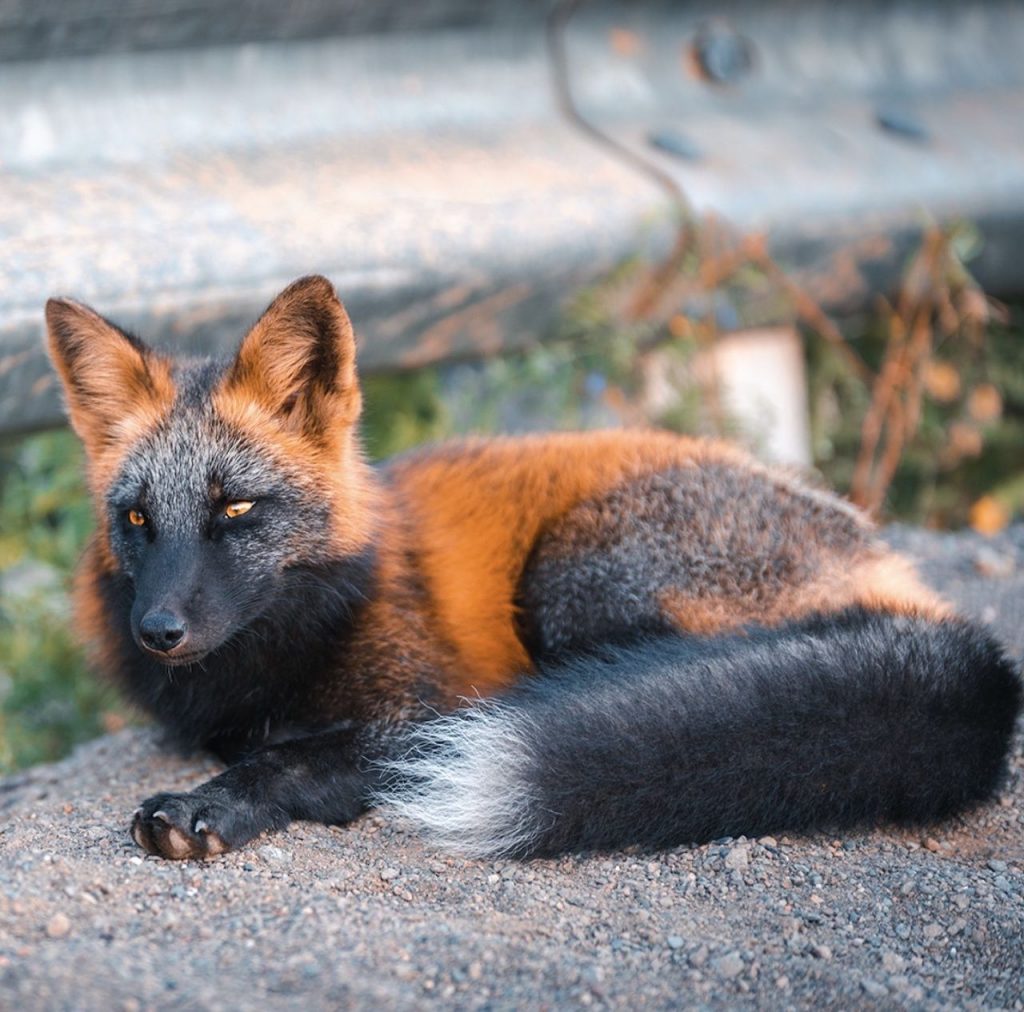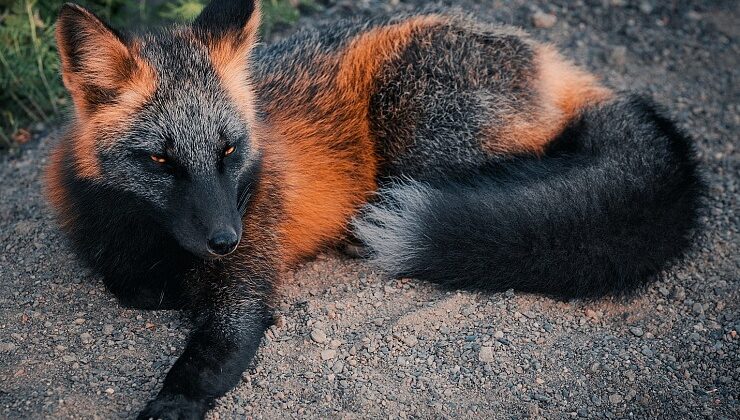
Introduction
In the diverse tapestry of nature, where vibrant colors and patterns weave the story of evolution and adaptation, the melanistic fox emerges as a captivating enigma. Known for their strikingly dark fur, these rare variants of the red fox species (Vulpes vulpes) embody the mystery and allure that often accompany uncommon natural phenomena. This article delves into the world of melanistic foxes, shedding light on their unique characteristics, the genetic marvel behind their dark coats, and their significance in ecosystems and culture.
The Phenomenon of Melanism in Foxes
Melanism is a genetic condition resulting in an increased amount of dark pigmentation, predominantly melanin, in the skin, hair, or fur of animals. In melanistic foxes, this condition manifests as predominantly black or dark gray fur, a stark contrast to the usual reddish-brown hue of their more common counterparts. This dark coloration is not just a cosmetic difference; it plays a significant role in the fox’s survival and adaptation strategies.
Genetic Underpinnings

The root of melanism lies in the fox’s genetic code. Specific mutations in genes responsible for pigment distribution, such as the MC1R gene, lead to the overproduction of melanin. This genetic alteration is often recessive, meaning that a fox needs to inherit the gene from both parents to exhibit the melanistic trait. The rarity of these genes contributes to the infrequency of melanistic fox sightings, making each encounter a momentous event for wildlife enthusiasts and researchers alike.
Adaptive Advantages
While the dark fur of melanistic foxes is captivating, it’s more than just visually striking. In certain environments, the darker coat provides a camouflage advantage, aiding in stealth and hunting efficiency. This adaptive significance is especially pronounced in regions with dense vegetation or darker soil, where blending into the shadows can be a matter of survival.
Melanistic Foxes in Ecosystems and Culture
Melanistic foxes, like all wildlife, play an integral role in their ecosystems. As predators, they help maintain the balance by controlling populations of smaller animals and rodents. The rarity of melanistic individuals adds an extra layer of intrigue and importance to their preservation.
In various cultures, foxes hold symbolic meanings, often associated with cunning, adaptability, and a connection to the spiritual world. The unique appearance of melanistic foxes further amplifies their cultural significance, casting them as mystical figures in folklore and mythology.
Challenges and Conservation Efforts
Despite their adaptability and ecological significance, melanistic foxes face challenges. Habitat loss, human encroachment, and climate change pose threats to their survival. Conservation efforts are crucial to ensure that these rare creatures continue to grace our ecosystems with their presence. Initiatives aimed at habitat preservation, anti-poaching measures, and public education about the importance of biodiversity are pivotal in protecting melanistic foxes and the myriad other species that share their habitat.
Conclusion
Melanistic foxes are a testament to the beauty and complexity of nature’s designs. Their rare, shadow-like appearance not only captivates the imagination but also highlights the intricate interplay of genetics and adaptation. As we strive to understand and protect these elusive creatures, we are reminded of the broader need to preserve the rich tapestry of life that our planet harbors. In the dark fur of the melanistic fox, we find a symbol of nature’s enduring mystery and the enduring responsibility to safeguard its future.
Leave a Reply
You must be logged in to post a comment.